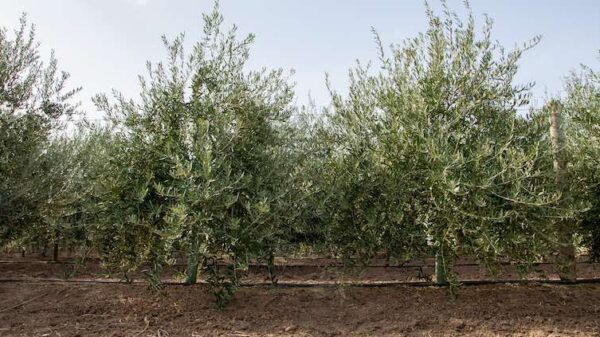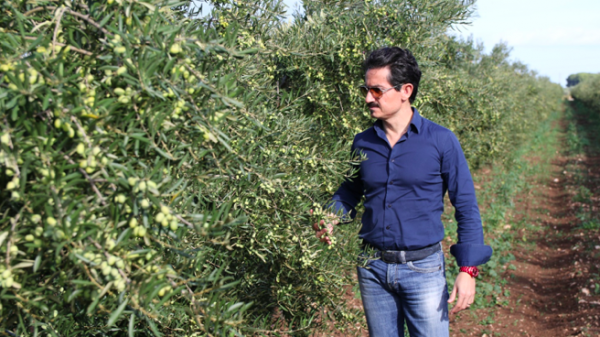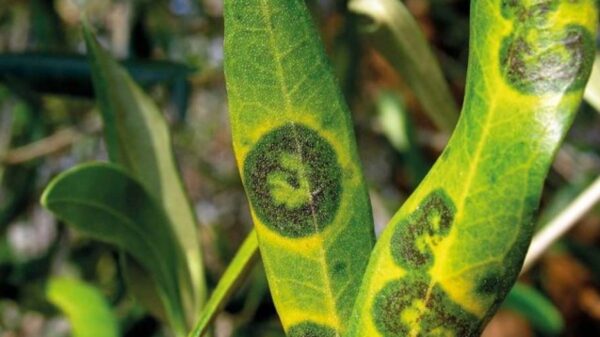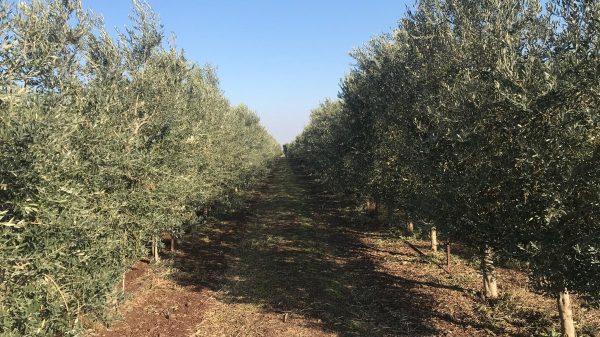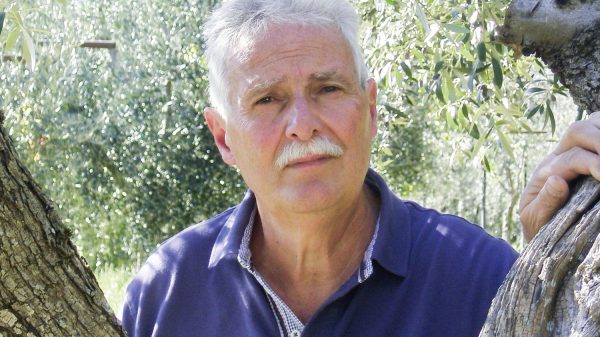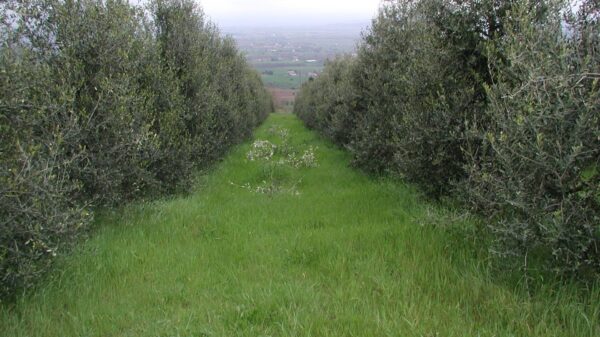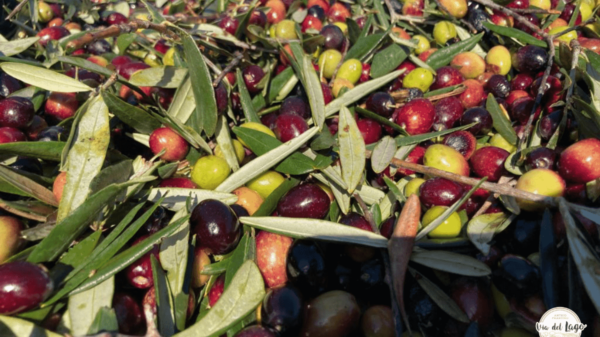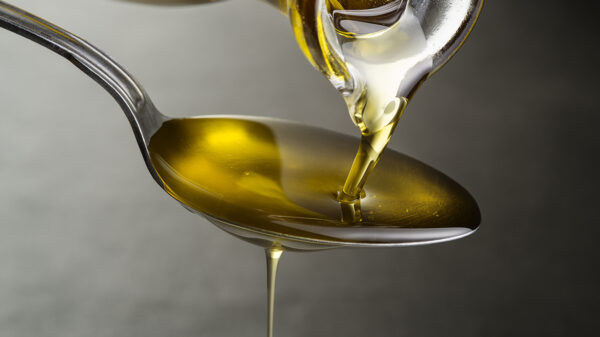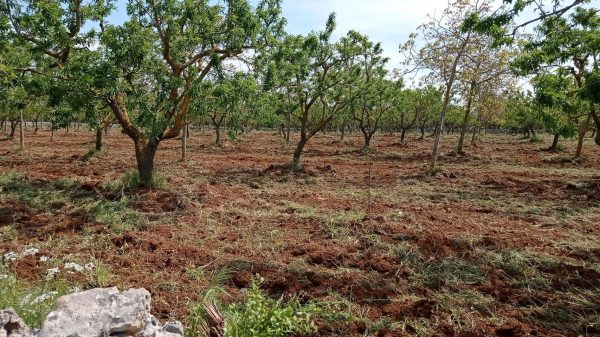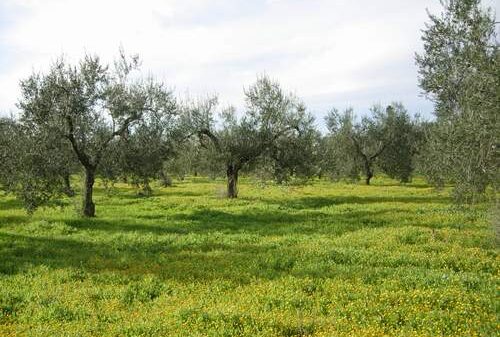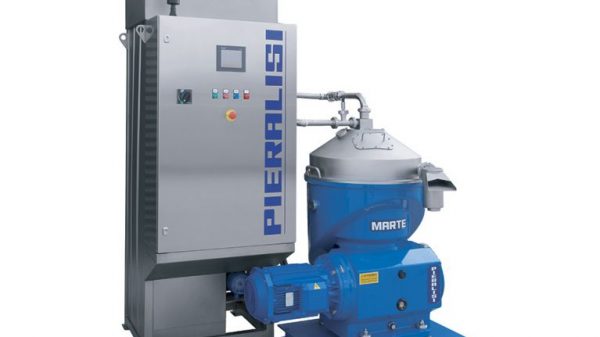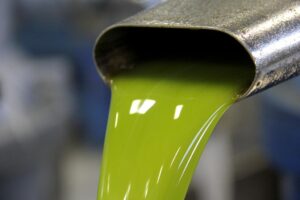 La Law 122 of 7 July 2016, provides, in art. 1 paragraph b), la modification of the previous one “Save oil law” of 2013 and replaces «il Minimum Shelf Life, within which virgin olive oils maintain their specific properties, in adequate storage conditions, indicating with the wording "best before", when the date includes the indication of the day, or “to be consumed preferably by the end” in the other case".
La Law 122 of 7 July 2016, provides, in art. 1 paragraph b), la modification of the previous one “Save oil law” of 2013 and replaces «il Minimum Shelf Life, within which virgin olive oils maintain their specific properties, in adequate storage conditions, indicating with the wording "best before", when the date includes the indication of the day, or “to be consumed preferably by the end” in the other case".
It also prescribes that the modification of “Minimum shelf life, is indicated by the manufacturer or packager under their own responsibility”. Then we went from an 18 month TMC, calculated starting from the moment of bottling and not from harvesting, to a “variable period”.
The previous limit of 18 months made little sense, because the oil decays as the months pass, from a chemical-organoleptic point of view, and, during a check, the decay could cause the declassification from extra virgin to virgin, with the risk of a commercial fraud complaint.
The European Commission's statement is also unscientific when it states that it "considers a direct correlation between the quality of the oil and its shelf life to be unproven" since it would be sufficient to monitor, during storage, the chemical-organoleptic parameters of the samples in optimal conditions , such as low and constant temperature, absence of light, inert gas in the head space..., to understand that with aging the oil decays even if, more or less, slowly.
But we must also take into account, in this physiological decay, the quality and quantity of antioxidant molecules present at the beginning (e.g. polyphenols, tocopherols, carotenoids...) and in this sense I report some observations published in an experimental work by Antonietta Baiano and Coll. of 2014 where she was the shelf-life of a sample of Coratina was monitored for eight years.
From an organoleptic point of view the fruity was present until the 6th year of conservation. The oxidized defect, as well as that of cucumber (determined by the 2-6 nonadienaldehyde, which derives from the autoxidation of linolenic acid, is perceived when an oil has been stored hermetically for too long) I'm appeared in the 7th year of conservation. In the 6th year the Panel again detected the "bitter" character. The median of the defects referred to oxidation, which was the defect perceived by the Panel with the strongest intensity.
From a chemical-physical point of view, the hydrolysis of acylglycerols increased thetotal acidity up to the 4th year, while remaining within the legal parameters (Re. EU 1989/2003) as extra virgin. In the 6th year, due to the total acidity, it could be downgraded to virgin olive oil, however, from the 6th to the 8th year these values were borderline. It was observed that acidity increased up to the 6th year and then decreased and was justified by the decomposition of the hydroperoxides of fatty acids into aldehydes, ketones and alcohols, subsequently oxidized to corresponding acids, then contributing to the increase in the level of total acidity. It is interesting to note that in the 6th year of storage the Panel attributed a fruitiness greater than zero and no defects while the acidity was higher than the values for extra virgin olive oil, therefore the organoleptic evaluation must go parallel to the chemical-physical one. THE peroxides have remained within the legal limits up to the 7th year and at the 8th they were still borderline (19,1+/- 1,0).
I sensory results, acidity, peroxide value, spectrophotometric indices and total phenolic content during storage indicated an increase in primary oxidation, measured by the value of peroxides (formation of hydroperoxides) and the spectrophotometric absorption at 232 nm (formation of conjugated dienes) and in secondary oxidation, represented by the absorption at 270 nm and the ∆ K (formation of conjugated trienes), starting from the 7th year of storage. The spectrophotometry was compatible with the product classification of extra virgin up to the 7th year of conservation.
I tocopherols, molecules potentially capable of transferring hydrogen atoms to lipids during the oxidation process, with consequent formation of tocopheryl-quinone radicals, are much more stable than the peroxyradicals of fatty acids, therefore their function is to slow down the rate of oxidation. The concentration of tocopherols decreased, but to a modest extent (α-, β-and δ-tocopherol was 16, 32 and 23%, respectively) and at the 8th year α-tocopherol was still higher than 200 mg/kg. At the end of storage, the decrease was not significant as the antioxidant effect was greater for ortho-phenols such as hydroxytyrosol and oleuropein derivatives.
From phenolic profile (in HPLC – High Performance Liquid Chromatography) it can be deduced that, faced with a low polyphenol value, in 8 years of storage, this was reduced by a third, and this content was sufficient to maintain the product quality of the EVOO for at least 4 years, as they were oleuropein and hydroxytyrosol derivatives are sufficient. The decrease in phenolic content was approximately 24, 28, 54 and 65% after 4, 6, 7 and 8 years.
In monitoring the phenolic profile, thehydroxytyrosol and tyrosol they decreased during storage as a consequence of oxidation reactions, while in the first storage phase, which coincides with the usual shelf-life, they increased due to the non-oxidative partial hydrolysis undergone, respectively, of oleuropein aglycone and ligstroside aglycone.
A strong positive linear correlation was observed between the phenolic content and the antioxidant activity measured according to the ABTS, DPPH and beta-carotene-linoleate methods, indicating a notable radical scavenging capacity of the phenolic compounds. During storage (4-6 years) the antioxidant activity decreased by 1/3 according to the ABTS test, while by over 50% for the other two tests.
This study is interesting because normally the oxidative stability of an oil is based on the induction of oxidation using accelerated, drastic methods, which follow different kinetics from methods, like this one, at room temperature which allow a better correlation of the results with the shelf -life. Oleuropein derivatives are less stable than the corresponding ligstroside derivatives, in fact they are the first to be oxidized, thus providing the oil with oxidative stability.
These experimental observations suggest that the TMC must be calibrated based on the parameters present at time zero (acidity, peroxides, spectrophotometry, tocopherols, total polyphenols and above all phenolic profile). The phenolic profile allows us to understand whether hydroxytyrosol derivatives are high or whether, instead, lignans and tyrosol derivatives which do not have the same antioxidant power are prevalent.
The presence of total polyphenols, without knowledge of their chromatographic profile, may not guarantee shelf-life even after a few months of storage as I remember that lignans (pinoresinol, acetoxypinoresinol and hydroxypinoresinol) react like phenolic compounds when dosed, but contribute little to preventing the oxidation of unsaturated fatty acids which leads to rancidity (antioxidant activity: oleuropein aglycone, hydroxytyrosol, oleacein >>> tyrosol, tocopherol, lignans, ligstroside derivatives).
REFERENCES
Baiano A. et al. 2014, Changes Produced in Extra-Virgin Olive Oils from cv. Coratina during a Prolonged Storage Treatment. Czech. J.Food. Sci. vol.32, n°1;1-9. Also published , here.
Browse for free l'Olivo News click , here
